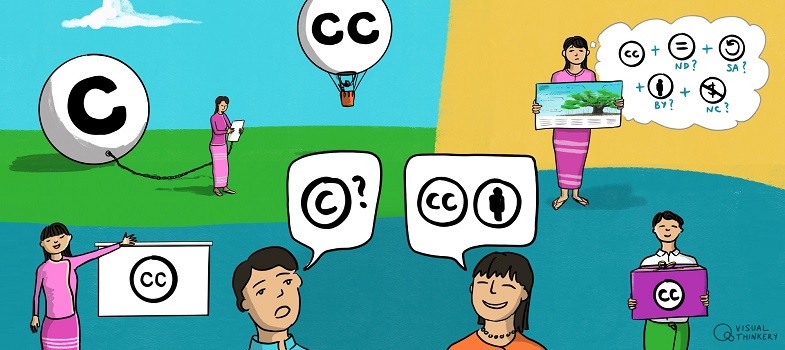Open courses and MOOCs
In 2007, David Wiley and Alec Couros began experimenting with ‘open courses’. The idea of an open course was to make the syllabus, readings, videos and other resources used to teach a class formally offered at a university available to the public and to invite the public to participate in the course by reading, watching videos, participating in discussions on social media, and completing assignments in collaboration with the course’s official students. The informal participants did not receive credit from the universities, but they also did not have to apply for admission or pay tuition. Running an open course required instructors to use OER so that they could be accessed and used by all course participants, both formal and public.
In 2008, George Siemens and Stephen Downes jointly offered an open course on Connectivism and Connected Knowledge (CCK08). This course attracted many more public participants than either of the 2007 courses led by Wiley and Couros – more than 2000 learners participated. This large number led Dave Cormier to refer to CCK08 as a ‘massive open online course’ or MOOC, a reference to the massively multiplayer online role-playing games that became popular in the late 1990s.
Today, several for-profit and non-profit MOOC providers exist, including edX, Coursera and FutureLearn. While they all provide free access/open admission to their courses to the public, none of these organisations are committed to creating or using OER like the authors of the original MOOCs were. The pedagogy of these later MOOCs also differs significantly from the diverse, connected practices of the early MOOCs.
Recent MOOCs have generally become much more uniform and sterile, and generally consist of watching short videos and answering questions. Tony Bates describes MOOCs based on the earlier open and exploratory model as cMOOCs, and the more homogenised and corporate style as xMOOCs.
Open textbooks
